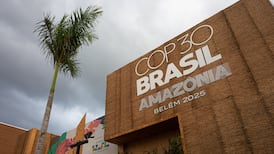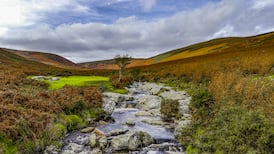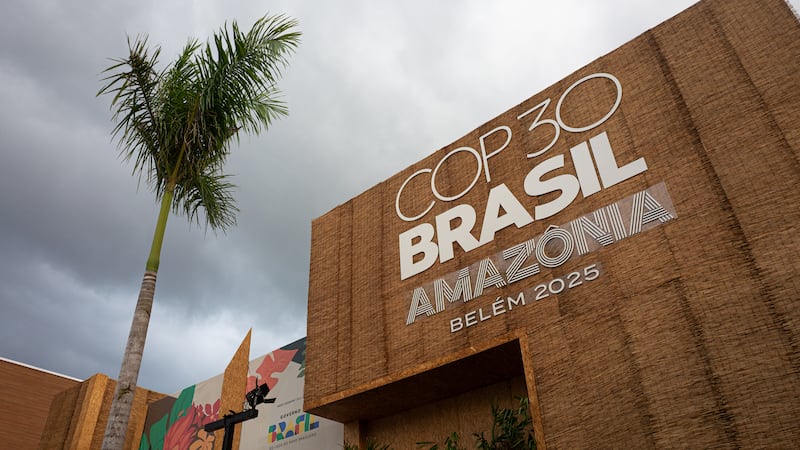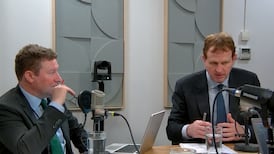Maps are deeply political. They are not simple statements of location but are expressions of power, resources and culture. We do well, therefore, to understand not just what a map shows but how it is used, or not.
Peat soils are carbon storage superheroes. On a per hectare basis, some peat soils can store more carbon than the Amazon rainforest and they cover over one-fifth of the country. However, peatlands and wetlands have been undervalued, exploited and degraded over the past 200 years which means the carbon in these soils leaks out, accelerating rather than slowing climate change.
The threats to peatlands are not just from the extraction and burning of turf, which is still taking place illegally on a large scale, but from drainage and ploughing. Carbon-rich plant material is normally protected from decomposition by water in the soil, but drainage and ploughing expose carbon to the atmosphere, contributing to greenhouse gas emissions.
A parliamentary question posed by Social Democrats TD Jennifer Whitmore to Minister for Agriculture Martin Heydon concerned the politics of peat mapping. Peat soil maps are used to set a baseline for “good agricultural and environmental condition”, which in turn determines a farmer’s eligibility for farm payments.
Peat soils are subject to restrictions on drainage and ploughing that farmers must comply with to get their farm payment. So, it matters where those soils are. They are defined by what proportion of the soil is derived from organic matter, mostly the remains of dead plants that are poorly decomposed, and how deep the soil is.
There is a gradient, therefore, from low to high organic matter and shallow to deep peat soils. However, many drained and degraded peatlands are hidden underneath grassland or forestry, making it difficult to detect peat soils using satellite imagery.
There is a long history of peatland mapping in Ireland dating back to the early 1800s when Britain commissioned a survey of over one million acres of bogs in Ireland.
Back then, peatlands were in plain view, as they were distinctively wet and covered with typical bog vegetation, rather than being drained and hidden under blankets of grass or forestry. The RePEAT project used the original early 1800s bog commission peatland maps, drawn up before widespread degradation of peatlands, together with modern satellite imagery, to discover hidden peatlands.
While the definition of peat soils varies, the carbon content is what matters for fighting climate change. Mr Heydon’s response to the parliamentary question explained that a new Irish peat soil map is not being used to determine farm payments.
This new map uses a wider definition of peat soil than previous maps. The map identifies some areas that are no longer classed as peat soils, as the evidence is insufficient, and new areas that should be classed as peat soils. Overall, there is a significant increase in the total area of peat soils identified.
The maps we use have profound implications, not just for the farmers who may face an increase or decrease in restrictions on how they drain and plough their soils, with implications for farm payments, but also for calculating greenhouse gas emissions from our land sector.
There is much uncertainty in determining the emissions from different soils and land uses in Ireland, so research to better understand the carbon dynamics of soils is to be welcomed. We cannot adequately manage what we do not know.
Updating our understanding of the importance of different kinds of peat soils for greenhouse gas emissions, and where they are located, is critical for managing Ireland’s contribution to climate warming and climate action. Updated peat soil maps are therefore of considerable importance as we face billions in costs for failing to meet our emissions targets and as regulations around carbon farming come into effect.
Peat soils could become the new “black gold” for farmers if they are accurately mapped and managed and if farmers are appropriately compensated. We can expect many more parliamentary questions on the hot topic of peatland mapping as we come to grips with the rapidly changing values of peatlands.
- Prof Yvonne Buckley is co-director of the Co-Centre for Climate + Biodiversity + Water and director of AIB Trinity Climate Hub at Trinity College Dublin













